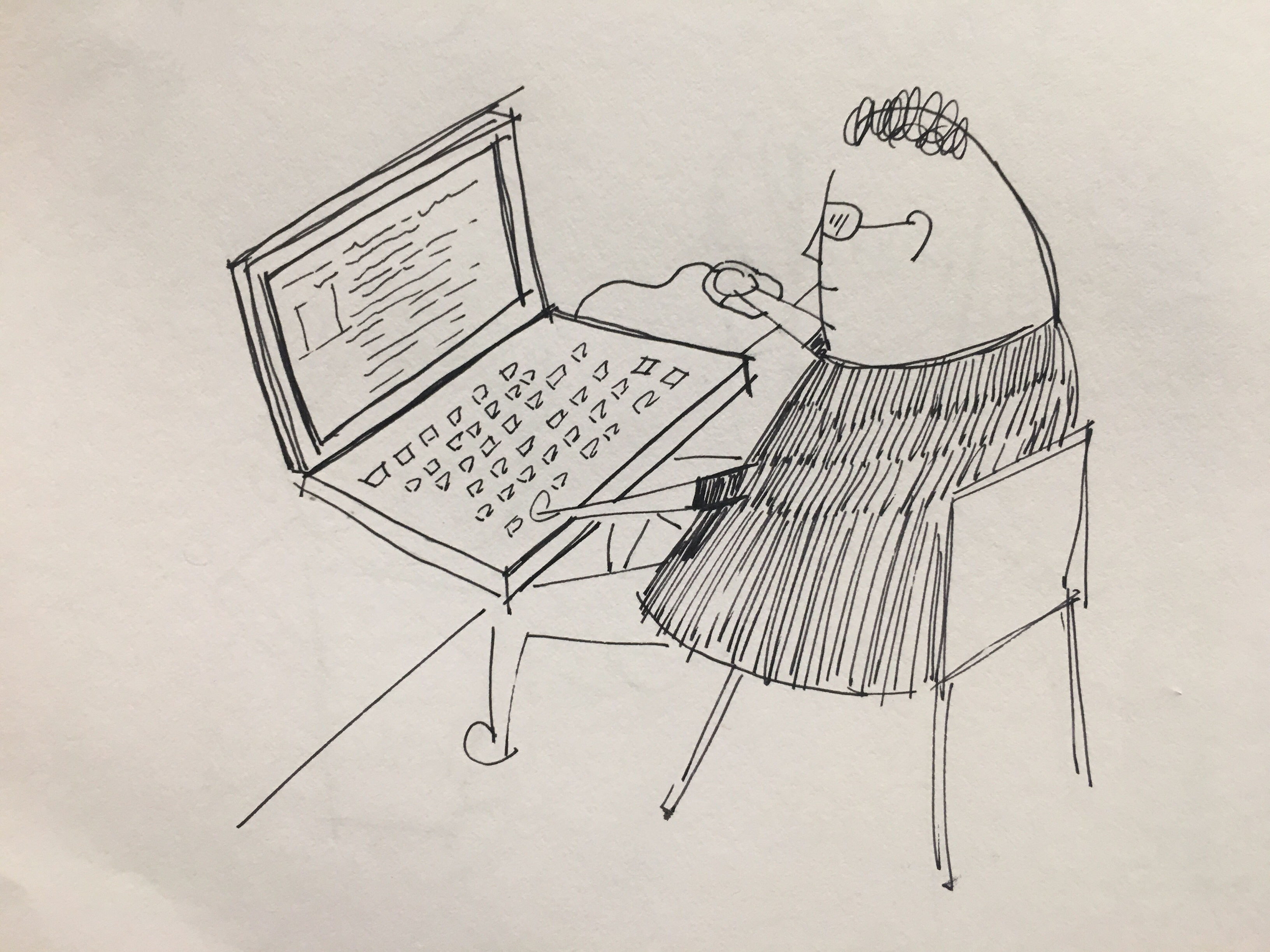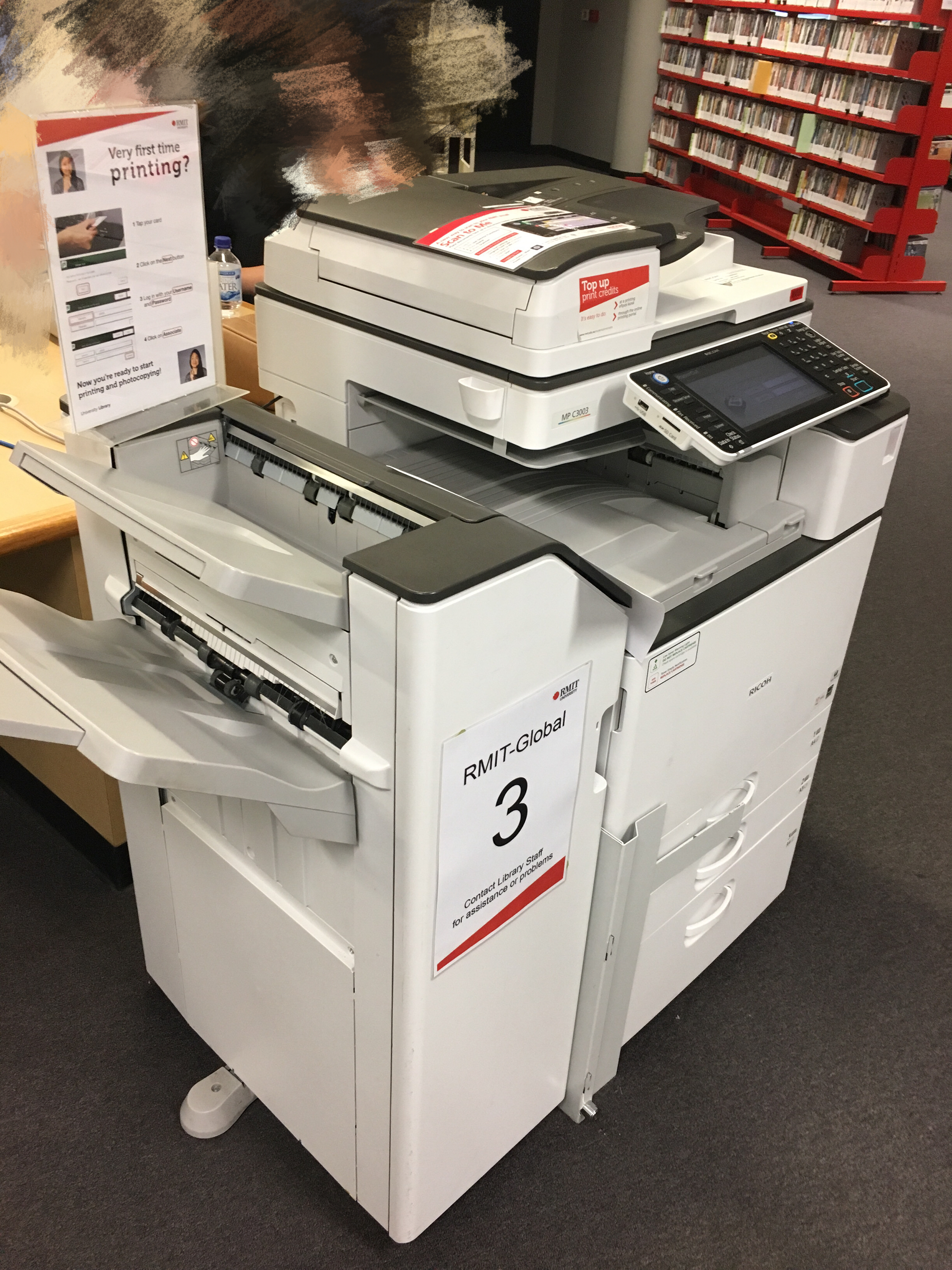Final Blog post – Handmade Leather Craft
Finally got this video done. To be honest, I am not satisfied with it because of some uncontrollable limitation. First thing is the voiceover. It took me some time to decide the voiceover script and gave it to my friend after I received the audio, I found it was recorded in several environments which means the voice could be unmatched. My friend also struggled in her final assessment, and I had no time to record again because I have returned the recorder to school. I tried to use Adobe Audition to fix the problem, but it didn’t work.
Another thing which struggled me the most was the footage finding, little footage I can find especially the ancient part, because of this, I cut many periods out which made me feel a little bit undetailed. Due to having too many different resources, the video cannot have one unified style for all the clips; I feel quite messy while watching the final cut.
I was thinking about using background music or not, and I chose to use for better participation sense. However, looking for one suitable background music is annoying especially it must be creative commons. Maybe I should save more soft creative commons music at normal times in case of need. Some music is good at the beginning and getting louder and annoying in the climax phase. So, I cut the beginning part and make it on a continuous loop, which was much suitable than using the whole song but sounded plain.
Also, I have applied the PTV permission for allowing me to film in the Flagstaff Railway Station, but it will take more than two weeks to get the reply, and I don’t think I can receive before the due day. I will upload to Google Drive as soon as I receive it even though it will be late.
In the course of human history, the handmade leather craft had a significant impact in the industrial revolution, due to the low price and faster production efficiency, machine made almost replaced the Handmade craft, which was not only in the leather field. There were some people like William Morris as I mentioned before have stood out and helped plenty of crafts retain until now.
During the whole semester, I have thought a lot about what does OLD and NEW mean in our daily life. Like the fashion trend, vintage style becomes popular every year, many designers just add some new ideas on the vintage style, and the clothes will sell out rapidly. Does this mean people like old stuff or just following the public? This also makes sense in the handmade craft field.
China is an old country, during thousands of years, lots of crafts became extinct. Some are still available, but it is disappearing. People are filming some of the crafts and not all the documentaries can get a high level of attention. However, you can always find articles or reports online about those disappearing crafts. Are people caring about the extinction of handmade craft, or just for attracting public’s attention?
Like Luanne Martineau said: “My interest was in the subservience of craft, the use-value of craft, the fact that craft has fought for legitimacy within the visual arts realm.” “Craft is always about having either the time or the money to produce something that is materially realized.” (Becker, 2011) Yes, nowadays, I think the biggest obstacle that people don’t want to learn a craft because it cost us too many times and cannot have proportional giving and taking. Like me, I was only interested in it and decided to make some simple gifts at first. Of course, I still not making money relying on this craft.
After this project, I think I already had a more particular idea about what should I do with this hobby. By craft, Bailey and Townsend seek to address the revival of the ‘handmade’ as an arguably complex currency within the practice and contemporary culture. From traditional economies of ‘making-by-hand’ to new technologically informed modes of making, ‘craft’ is exercising its diverse skills and practices on a global and local scale, for different causes, initiatives, and audiences. As part of an expanding landscape of both commercial and public sector platforms, contemporary applications of the handmade can serve to generate new experimental modes of thinking and make which not only challenge our preconceptions of what craft is, but also what it has the potential to evolve into. This is not solely relegated to the historical, material and technical developments of the handmade as a distinct mode of practice-led research. Craft is also established, received and played out in the world, through the channels of collective endeavor and co-creative exchange. How these two positions intermingle is evident in the contents presented for this special issue, which showcases the wider contexts within which handmaking may be thought about/through, understood and activated as a social mechanism or channel for new modes of research inquiry that reveal aspects of craft’s often intangible heritage. (Bailey & Townsend, 2015)
As a practitioner, who reflects on her creative process through the shared experiences of stitching with others. This allows for deeper insights to be generated about how craft thinking is not necessarily an isolated encounter, but the knowledge that is shared, negotiated and passed on through collective hands and making activities.
References:
Becker, Noah. (2011). Handmade: Luanne Martineau sets craft on a new trajectory.(Interview). Canadian Art, 28(1), 102.
Bailey, R., & Townsend, K. (2015). Craft and the handmade: Making the intangible visible. Craft Research,6(2), 157-163.













 Media, after all, are not only “things”; they are also cultural constructions that shape our everyday experience, and provide us with meanings and narratives to make sense of the transformations and changes experiences throughout life. (Natale, forthcoming; Natale & Balbi, 2014)
Media, after all, are not only “things”; they are also cultural constructions that shape our everyday experience, and provide us with meanings and narratives to make sense of the transformations and changes experiences throughout life. (Natale, forthcoming; Natale & Balbi, 2014)






